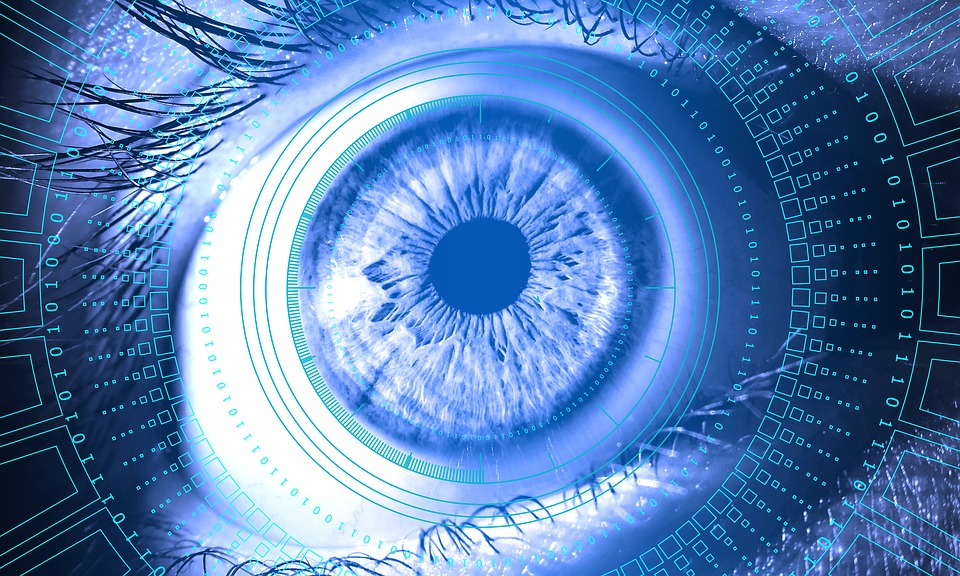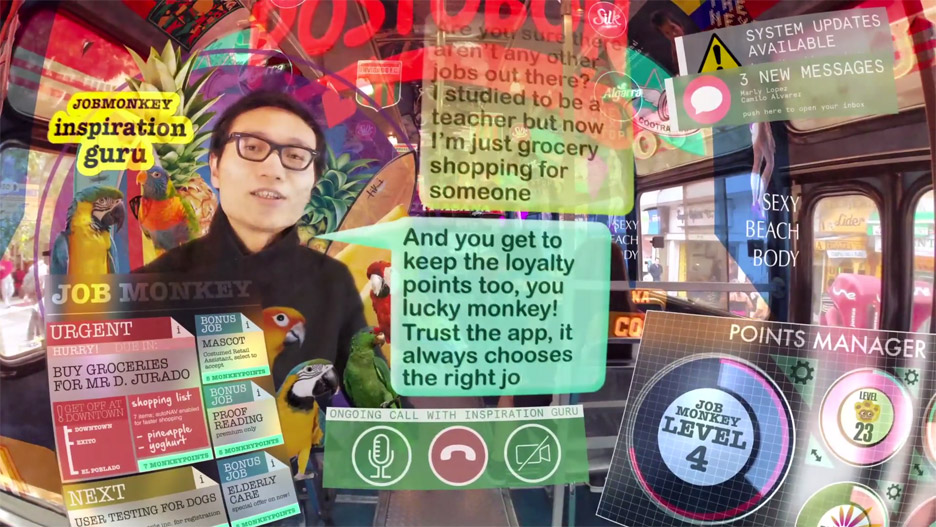Post
Living in the Smart System. The tomorrow we plan

Which maps do we use to look to the future? In what way does the present – especially a present as complex and contradictory as the one we live – shapes tomorrow? These are questions that buzz in the minds of many of us, perhaps everyone.
Some time ago, Maria Grazia Mattei (author’s note: MEET President and Director of Meet the Media Guru) wrote an article for Il Corriere della Sera outlining the concept of Smart System, the hyper-connected, fragmented, sometimes confused environment we experience every day. It is our present, characterized by a continuous and pervasive offer of increasingly smart instruments. The technology seems to have settled behind the wheel, but to go where? Before we make a mistake, let’s stop for a moment and put the pieces in order.
It is not technology that has changed our world, but rather the opposite. The emergence of new needs – faster travel, real-time communication, liquid relationships, flexible urban spaces – has fuelled this technological “market”. An example? Think of virtual reality: the first experiments date back to over thirty years ago. At that time the multiplication of levels of reality was the most driven future that could be imagined. Today it is just regular stuff. We find VR everywhere, from the Venice Film Festival to the simplest commercial set-ups. Moving from the small (particular) to the big (general) we can say that we are faced with rising phenomena and with their celebration: the moment in which creative ideas (with a few decades of history) are supported by sufficiently powerful technologies to transform them into consumer goods.
Without diminishing the hardware and software, as no one would ever want to do without them, it is necessary to understand that they are merely the “smart” and “pop” avant-gardes of a much deeper phenomenon that awaits us at the gate: the gradual and running metamorphosis of the man-machine relationship.
Until a few years ago, the contact surface between us and the technological world were mostly the hands – we used them to write a text message on the computer or to text someone with the phone – today it is no longer the case. Thanks to the smart materials, an enormous amount of digital information enter into a direct and continuous relationship with our whole body and soon it will cross the last frontier, that of the skin; things will enter inside us as it happens in Sweden, where thousands of people have chosen to have microchip-based identity cards implanted in them. Is this science fiction? No, just everyday life. Therefore, it is perfectly normal to start here to imagine the future. Already today the – more or less intelligent – machines enhance our biological limits: they are literally charged with jobs that are either dangerous or take a heavy toll; they keep track of an amount of data that our memory would never be able to store; they offer our eyes unconceived and otherwise impossible perspectives.
Soon we will have machines capable not only of learning from us, but above all learn from themselves and “reprogram” themselves for tasks they were not originally designed for. We are talking about machines that are stronger, more resistant, less fickle and more intelligent than all of us. It will be difficult, if not impossible, to do without them. Reasonably they will become irreplaceable supports and will constitute one of the many aspects of our future everyday life, a reality in which digital and physical, man and machine, will live in an inextricable symbiosis.

[A frame from the Hyper-Reality short film by Keiichi Matsuda]
Keiichi Matsuda, British director and designer of Japanese ancestry, has coined for this “new state of being” the name of Hyperrealityto represent how the overlapping atoms and data bits, physical matter and virtual reality are actually superimposed continuum and not a room with the door closed. By crossing that door towards the future we will be instinctively anchored to cultural, social and economic codes that we know, but that nonetheless are remnants of another time.
It is normal to feel a sense of loss in front of so much complexity, but withdrawing horrified is pointless. We are moving in a wide, ample area of shared uncertainty, with so many unanswered questions: Is Artificial Intelligence a risk to Humanity? Does Big Data affect our privacy? Does the Internet help democracy, or not? In order to not be paralyzed, it is necessary to “tame” this complexity or, even better, to design it. How? Noah Raford , Futurist-in-Chief of the Dubai Future Foundation, director of the Museum of the Future and upcoming guest of Meet the Media Guru has some ideas about it (we’ll meet him at Palazzo Reale on September 28).
Raford has called our present volatile, uncertain, complex and ambiguous, but also a harbinger of exceptional opportunities to draw a future that adheres to our needs and the needs of the community in which we live. There are two levers that Raford considers essential to activate this process, which is both individual and collective: the first is creativity and the second is inspiration. Only if the individual and the collective work together can a “planned” future exist and not accidentally “happen”.
While the individual is called to (re)find their “permanent centre of gravity” by reconfiguring his own scale of values, adhering to new rituals and becoming the bearer of emergent instances, organizations must do the same. How? Raford once again has found some options: get help from the interdisciplinary dialogue (art and science; philosophy and information technology; coding and music …), sharing knowledge in a horizontal way thanks to the collective intelligence, learning from experience and not just from tradition.
For us in MEET, planning the future is undoubtedly an exercise in creativity and inspiration, to which we must add a fundamental prerequisite: the digital culture or the grammar, the story and the founding values that brought us here. It is necessary to strengthen the awareness that it is not the small-scale consumer technologies that have initiated the momentous metamorphosis in which we are immersed, but rather the mixture of knowledge, research, inter-disciplinary attempts and failures of which the apparatuses and software, the newest creative languages, even the intelligent robots constitute the most complete result. The mission of spreading and disseminating culture was what led to the establishment of MEET, the international by centre envisaged and developed by Meet the Media Guru supported by Fondazione Cariplo.
